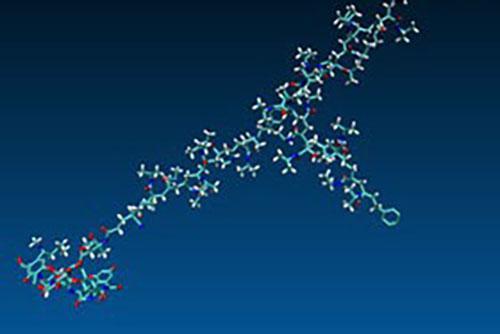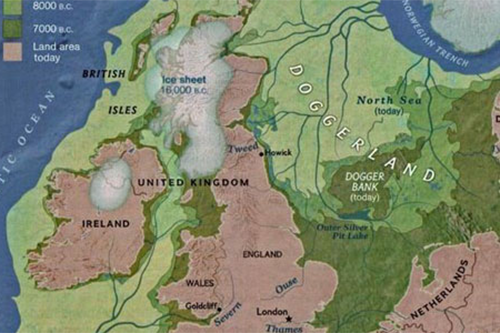HPC Case Studies
Modelling polymers with potential
Dr Bev Stewart, Assistant Professor in Theoretical and Computational Chemistry and Deputy Director of Computational Data Science theme in the Faculty of Life Sciences
“I use the Bradford HPC in my interdisciplinary research to predict the behaviour of polymer-based systems - long chains of repeating chemical units displaying useful behaviours. Laboratory experiments show polymer-based systems react to the presence of other materials by fluorescing and could be used as diagnostic tests. To realise the potential of polymer-based systems it is vital to understand the mechanisms of interaction at a fundamental level, but these are currently unknown. Through computational modelling, I am able to determine the subtle structural changes that occur when the chemical environment changes and link these back to the experimental results.”

Greening the Wastewater Energy Cycle
Dr Davide Dapelo, Faculty of Engineering and Informatics
“A key step in treating the wastewater produced by our homes and businesses is anaerobic digestion of sludge. Anaerobic digesters are machines that use microorganisms to break down biodegradable material in the absence of oxygen. This both degrades sludge and harvests biogas, a valuable energy source. I use numerical simulations of the flow patterns inside a digester to predict of the amount of biogas that can be harvested in different scenarios. Results so far indicate that energy use could be reduced by 75% without impacting biogas production.”

Studying Doggerland, a place that no longer exists
Dr Phil Murgatroyd, School of Archaeological and Forensic Sciences (Faculty of Life Sciences)
“Until around 8 thousand years ago, Doggerland was an area of dry land between Denmark and Northern England and is known to have been home to our prehistoric ancestors. Subsequent sea level rise means that Doggerland is now under the North Sea and we have to use indirect methods to explore its history. I've been using High Performance Computing to simulate the erosion and depositional processes within the landscape of Doggerland as sea levels rose.”

Map by William E. McNulty and Jerome N. Cookson, National Geographic Magazine.
Computing genomic data to combat cancer
Dr Krzysztof Poterlowicz, Associate Professor in Bioinformatics and Biostatistics and Director of Research for Computational and Data Driven Science, Faculty of Life Sciences
“I use the Bradford HPC to analyse human genome-related information to study the gene-level response of patients to treatments for specific disorders. It is vital to understand these genomic processes, as they underpin life and death considerations such as the chance of relapse in aggressive skin cancer.”
“During treatment for cancer the human body can develop drug resistance, which results in relapse of the cancer. This has been identified when treating metastatic melanoma (an aggressive form of skin cancer) with drugs that target the oncogenic mitogen-activated protein kinase (MAPK) pathway. The resistance develops though epigenetic and transcriptional regulation of the genome where genes change their activity in response to the treatment, but the response varies from patient to patient depending on both their genotype and environmental factors impacting the genomic regulation.”
“I want to understand whether it is possible to use biomarkers such as genomic tests to identify how individuals develop resistance to treatment.”

